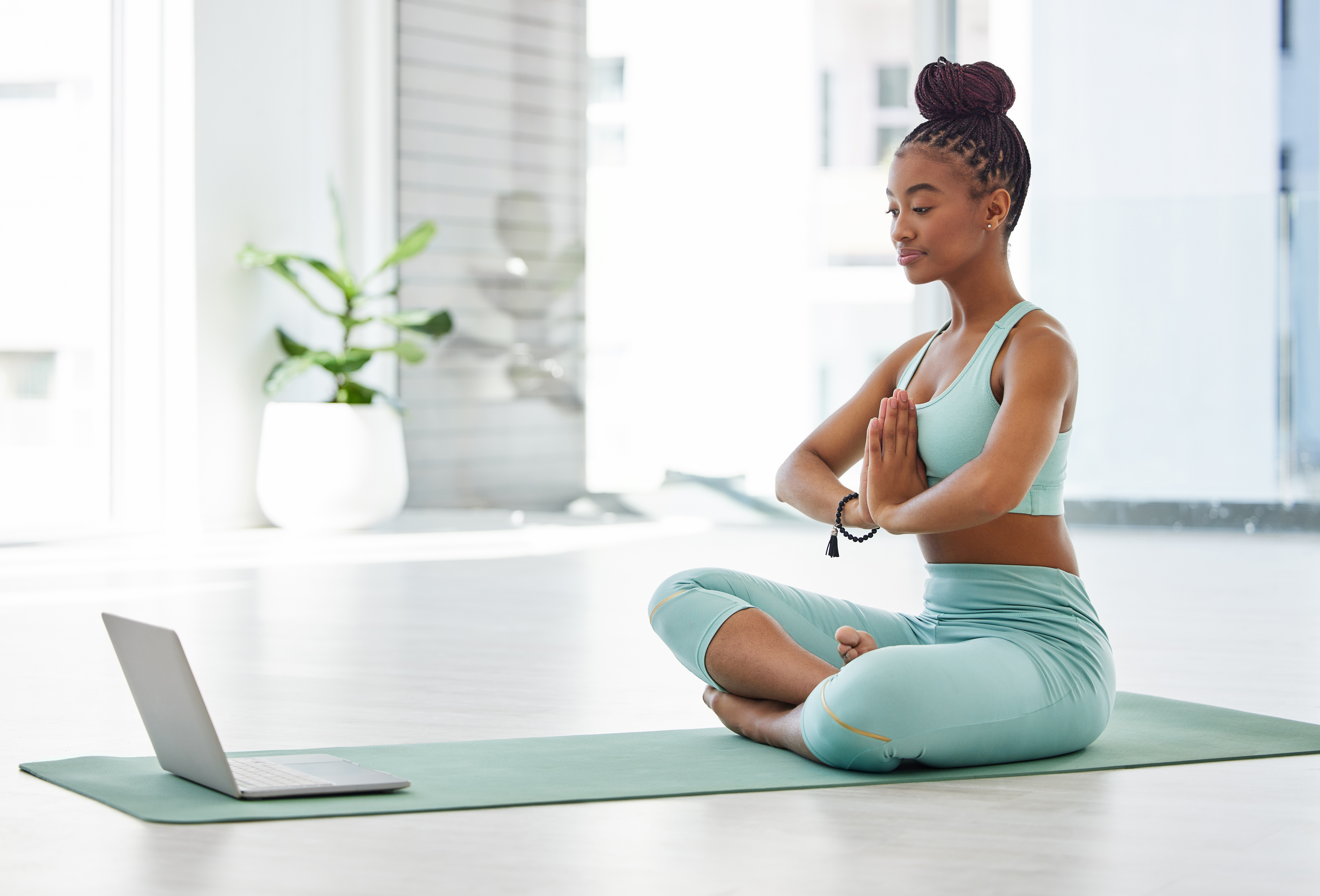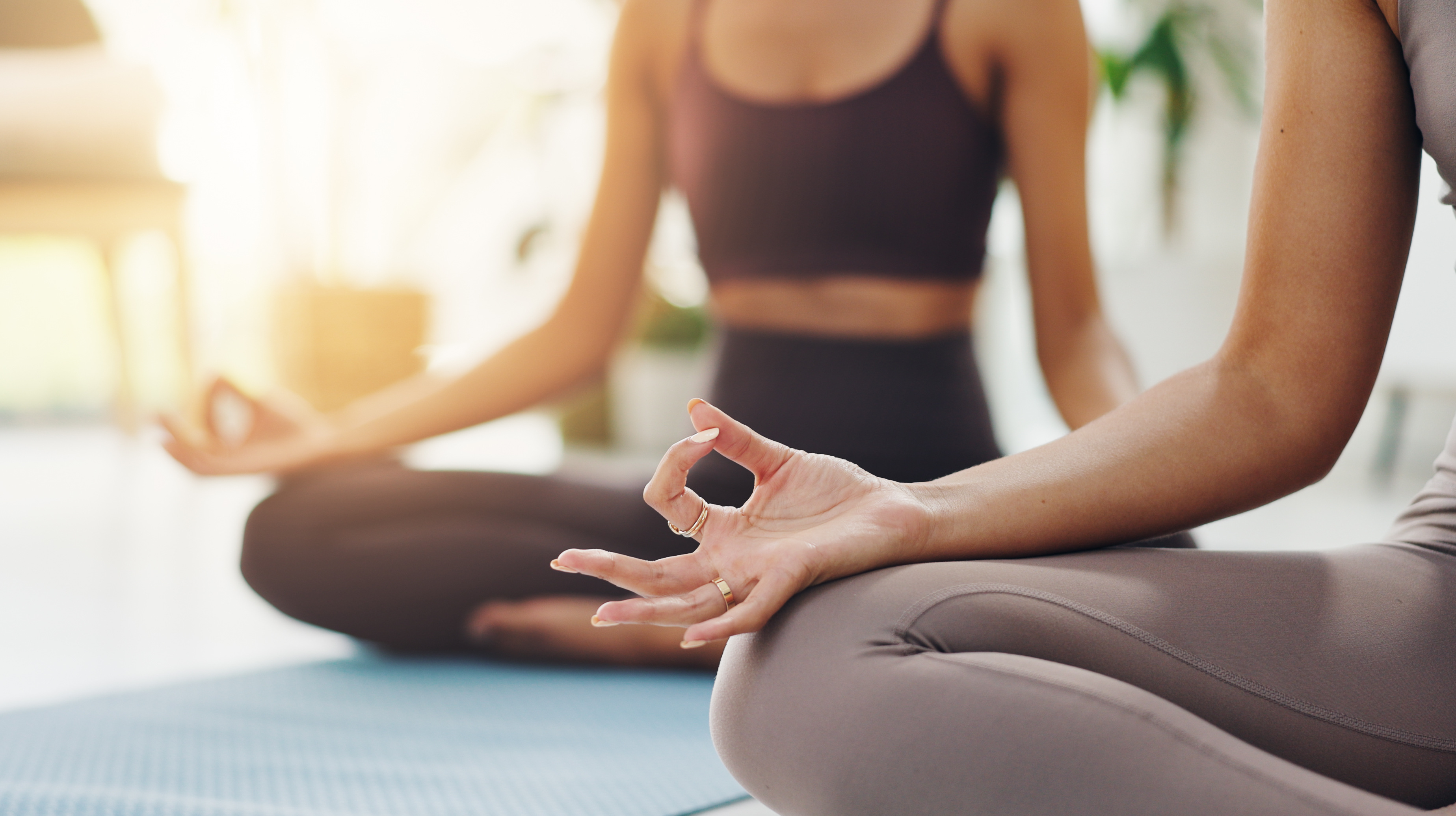Inner Peace, Outer Power: How Meditation Transforms Your Life
3. Creating a Sacred Space for Practice

The environment in which you practice mindfulness and meditation can significantly impact the quality of your experience. Creating a dedicated space, free from distractions and infused with elements that promote tranquility, can deepen your practice. From choosing calming colors and incorporating natural elements to selecting comfortable seating and using scents like lavender or sandalwood, the goal is to create an oasis of calm that invites you to retreat from the chaos of daily life. By establishing a sacred space, you signal to your mind that it is time to focus inward, enhancing the depth and efficacy of your practice.
4. Breathing Techniques: The Gateway to Mindfulness

Breathing is at the heart of many mindfulness practices, serving as a bridge between the mind and body. Conscious breathing techniques can help anchor your attention, calm the nervous system, and bring you into the present moment. By mastering these techniques, practitioners can quickly shift from a state of stress to one of calm, making them invaluable tools for navigating life's challenges. Additionally, understanding the physiological effects of these breathing practices can enhance their effectiveness, empowering individuals to harness the power of breath as a tool for mindfulness.
